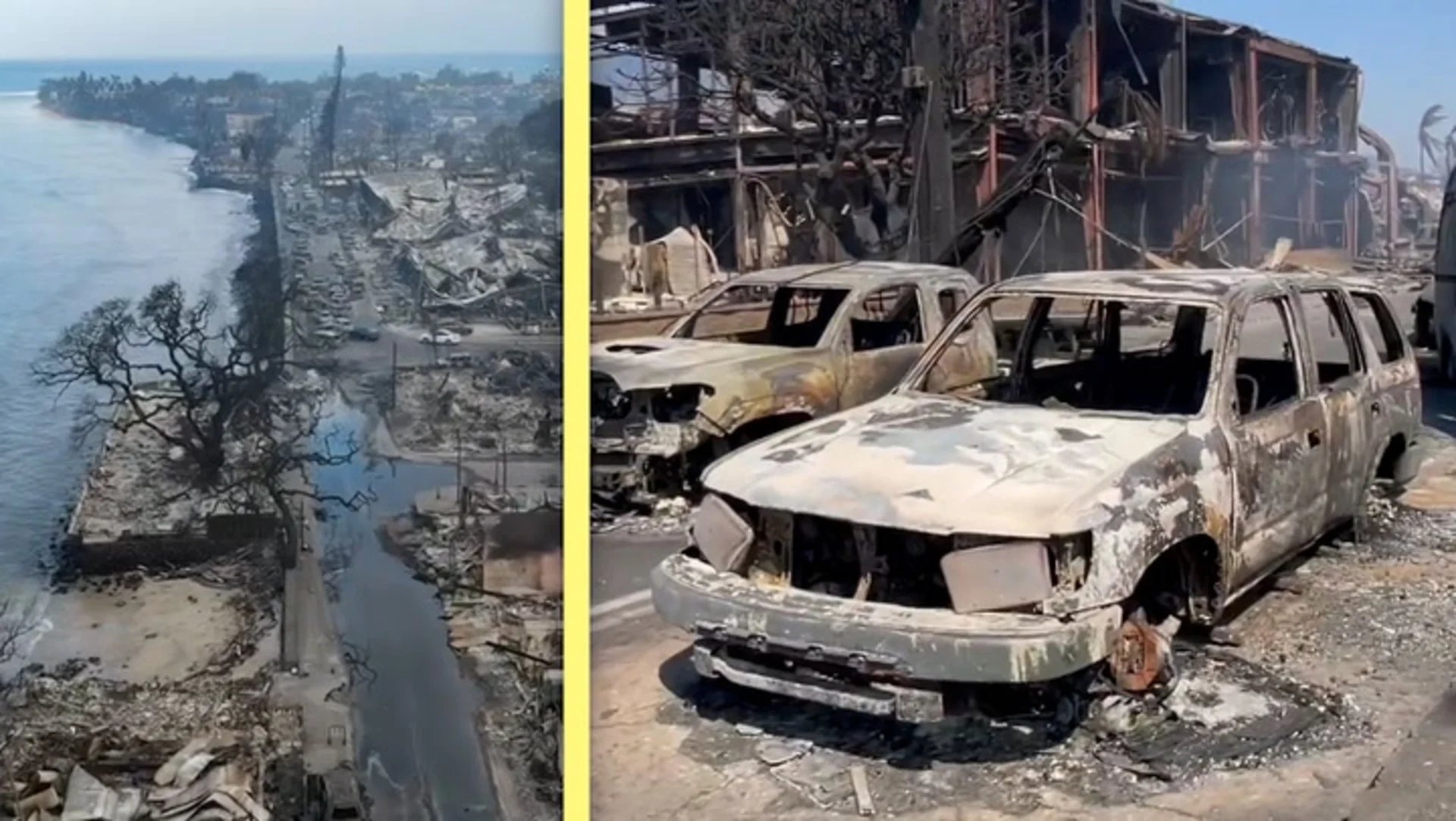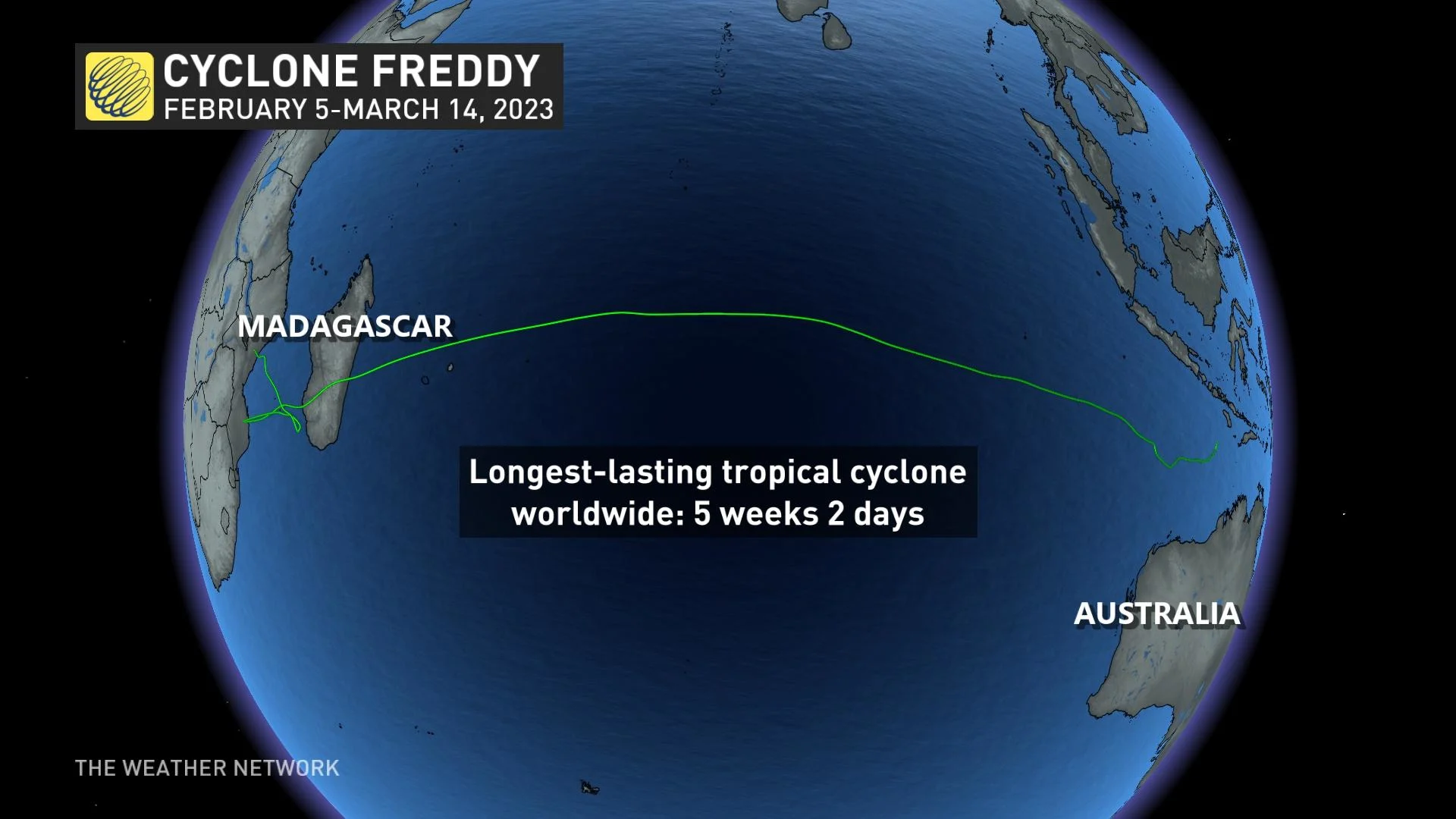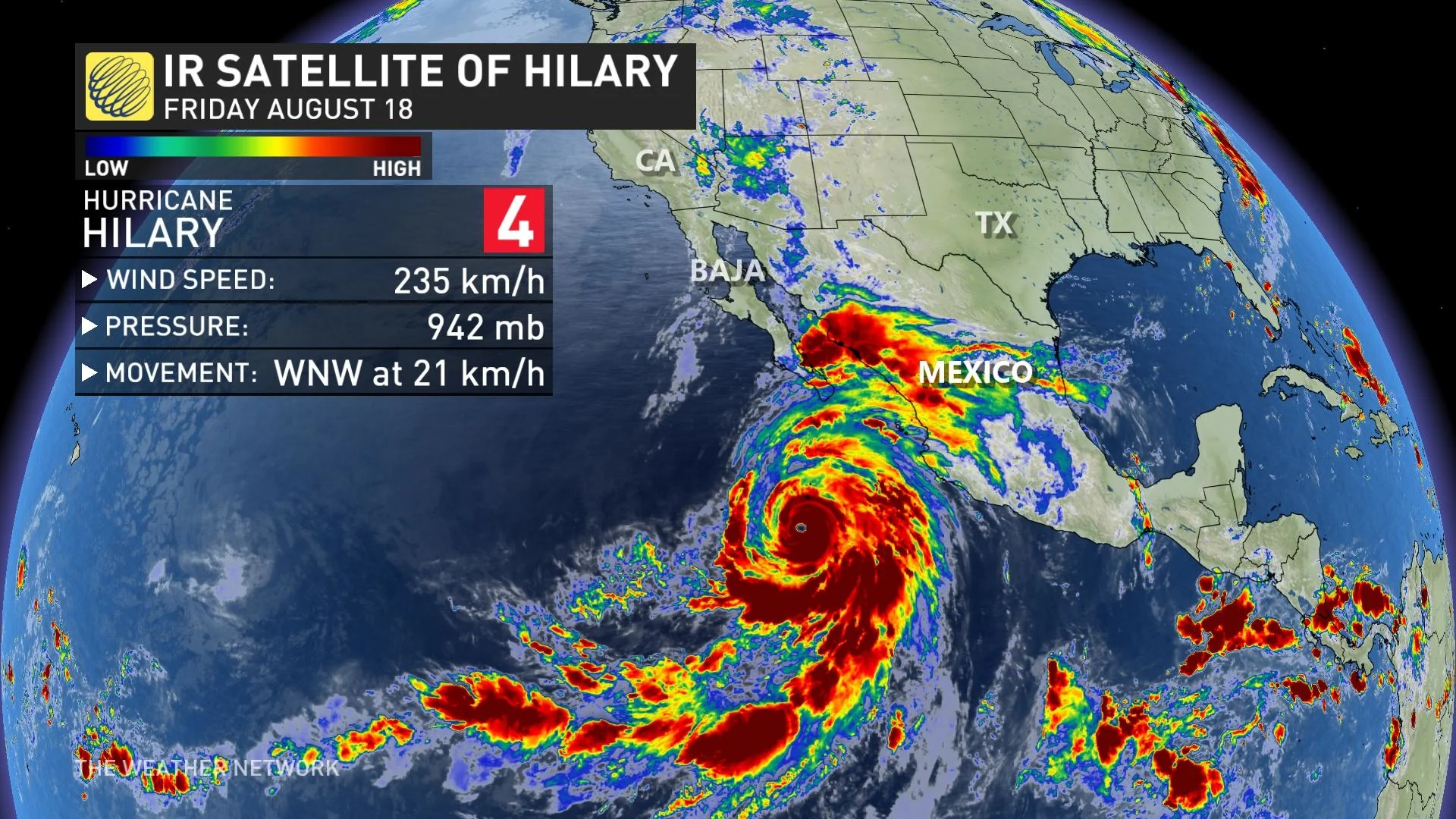
Floods, fires, heat: The world’s worst weather disasters in 2023
An unsettling pace of history-bending weather disasters unfolded around the world in 2023, including Libya’s horrific flooding and Hawaii’s tragic blazes
2023 kicked off by churning out the longest-lived tropical cyclone ever recorded, setting a grim tone for the drumbeat of atmospheric upheaval that would soon follow.
The year went on to produce Africa’s deadliest-ever flooding, a tragic wildfire that engulfed an entire Hawaiian community, and unprecedented heat in one of the world’s hottest deserts.
Here’s a look at five of the most impactful weather disasters we saw around the world in 2023.
MUST SEE: 2023 on track to be the hottest year ever recorded
Devastating floods killed thousands in Libya
Many of the worst natural disasters are a combination of extreme weather clashing with poor infrastructure. The deadly flash floods that swept northern Libya on September 10, 2023, went down as the deadliest ever recorded in Africa, leaving more than 4,000 dead and thousands more reported missing.
Storm Daniel grew into the equivalent of a tropical storm in the southern Mediterranean during the first week of September.
The system made landfall in Libya, drenching drenched the arid region with an overwhelming glut of torrential rains.
Much of the runoff flowed into Wadi Derna, a dry riverbed that only fills up after heavy rains. The onslaught of runoff gushing down the wadi pressed against several aging dams in the port town of Derna. The dams quickly crumbled under the pressure, unleashing a lethal wall of water into the city.
WATCH: Before and after satellite images of catastrophic flooding in Libya
Cyclone Freddy spun for an impossibly long time
Cyclone Freddy was a powerful tropical system in the Indian Ocean that blew away the previous record for longest-lived tropical cyclone ever observed. The storm survived over the Indian Ocean for a whopping five weeks and two days—from February 6 until March 14—trouncing by almost a week the previous record set by Hurricane John in 1994.

SEE ALSO: A rare behemoth: Hurricane Lee’s incredible 9,000+ km journey
The tenacious cyclone helped vault 2023 into the records as the only year we’ve ever observed at least one scale-topping Category 5 storm in every tropical ocean basin.
Southwestern U.S. endured historic heat, a rare tropical storm
The summer heat that roasted the U.S. southwest week after week proved to be an outlier even for one of the hottest places on Earth.
Persistent heat domes dominated the region through July, allowing daytime highs to soar as hot as 50°C with nights barely falling below the upper 30s.
Phoenix, Arizona, recorded a high of 43.3°C (110°F) on 31 consecutive days between June 30 and July 30, almost doubling the previous streak of such intense and repetitive heat. Even worse, the average nighttime low in Phoenix came in at a steamy 32.6°C, and five days saw a low of 35°C or warmer.
Extremes often beget extremes, and it took an extreme storm to break the unprecedented pattern of sweltering heat.

Hurricane Hilary forged an unusual track as it ran up Mexico’s Baja Peninsula in the middle of August. Water temperatures are so cold off the northwest Mexican coast that tropical systems usually dissipate in a hurry long before they can reach California.
Hilary moved at a decent clip and managed to avoid the coldest water, allowing it to reach California as a tropical storm. This marked the first tropical storm warning ever issued for Los Angeles. The storm went on to drop a year’s worth of rain on the state’s deserts.
WATCH: Hilary prompted a state of emergency in California
A horrific fire became Hawaii’s worst natural disaster
Deadly wildfires are a recurring theme with our changing climate, and the year’s deadliest wildfire ripped through a community on Hawaii’s Maui.
A long-term drought combined with strong winds allowed numerous fires to rage on the Hawaiian Islands this summer. One of those explosive fires tore through Maui’s Lahaina, catching residents almost entirely off-guard to horrific effect.
Many folks jumped into the ocean to escape the fast-moving flames, which consumed most of the town’s homes and businesses in minutes.
The fire’s official death toll stands at 100, a tragic toll that makes the event Hawaii’s deadliest natural disaster on record. Four residents still remained unaccounted for months after the fire.
WATCH: Tragic damage in Lahaina as fire declared worst in Hawaii's history
South America faced unprecedented heat
While the world ran a historic fever for much of 2023, South America likely took the brunt of the year’s most extreme heat.
Temperatures soared into the upper 30s in parts of South America in July and August, which is the heart of the southern hemisphere’s winter season. These temperatures were often more than 20°C hotter than normal—and reportedly broke all-time temperature records in the process.
The unprecedented summer-in-winter heat continued across the continent straight into spring. Thermometers in eastern Brazil measured temperatures in the lower 40s in the middle of November. One person even died from the extreme heat in Rio de Janeiro while waiting for a leg of Taylor Swift’s Eras Tour to begin, prompting the musician to postpone the date.
WATCH | Fires, floods, and other frightening weather phenomena that Canada saw in 2023:
(Image of burned vehicle in header image courtesy of Frederick Hawkins via Storyful)










